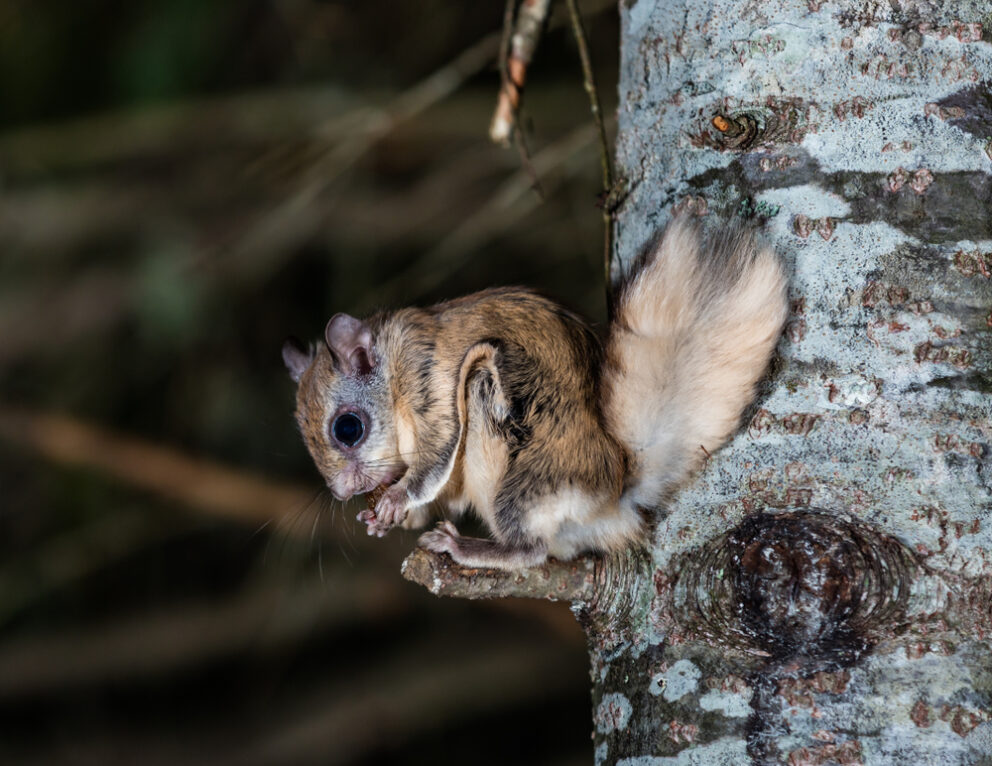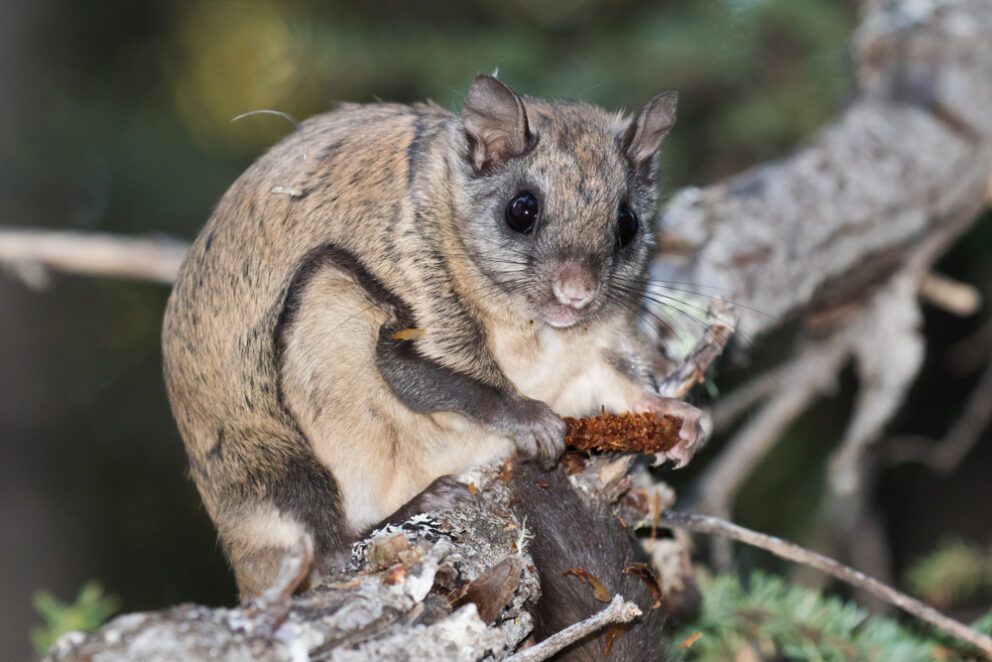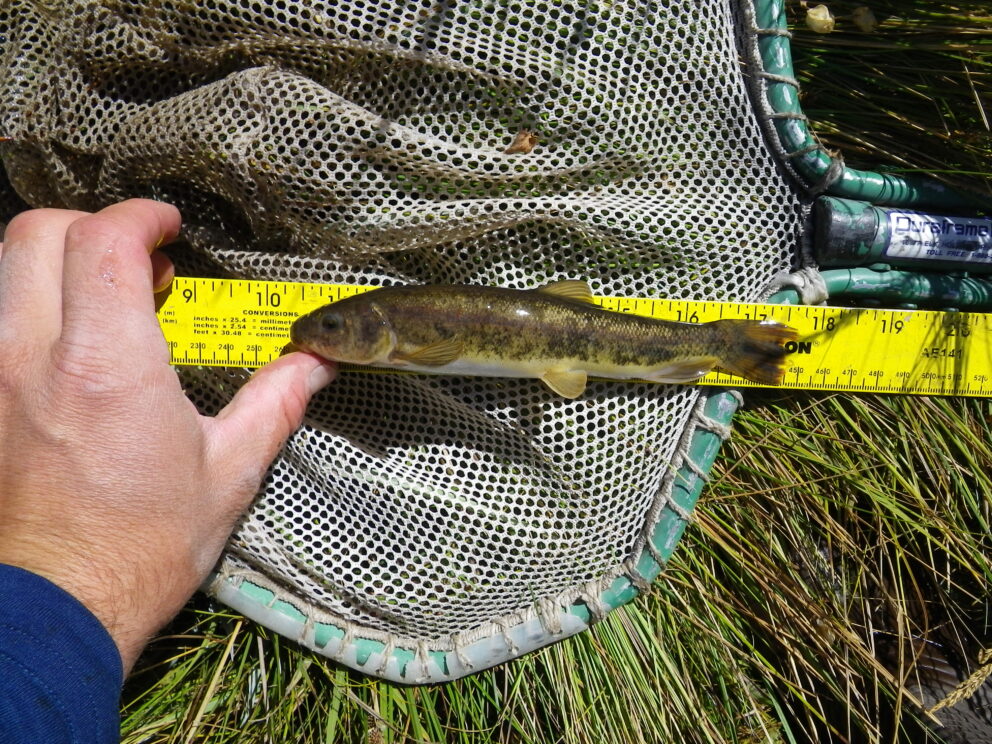- SCIENTIFIC NAME
- Glaucomys sabrinus
- CLASSIFICATION
- Mammal
- LIFE SPAN
- 1-4 Years
- SIZE
- 10-13” | .2-.25lbs
- STATE CONSERVATION STATUS
-
- State Protected
- FEDERAL CONSERVATION STATUS
- Endangered
- GAME STATUS
- Non-Game
- GAME TYPE
- None
- Washoe
- Humboldt
- Pershing
- Churchill
- Mineral
- Lyon
- Douglas
- Carson City
- Storey
- Elko
- Lander
- Eureka
- White Pine
- Esmeralda
- Nye
- Lincoln
- Clark
Habitat & Range
The Northern Flying Squirrel ranges from the treeline in Alaska and Canada southward in the west to northern California and Colorado, in the middle of the continent to central Michigan and Wisconsin, and in the east to northern North Carolina and Tennessee. Island populations exist in areas of high elevation in other parts of the United States, including the southern Appalachian Mountains, the Black Hills, and our very own Sierra Nevada.
- Alpine forests of the Sierras
- Pinyon juniper forests
- Upland Forests
Threats
- Habitat Degradation
- Habitat Destruction
- Habitat Fragmentation
Natural History
Courtship of flying squirrels begins in March and may continue until late May. One litter is born per year, and the female raises the young without the help of the male. Usually, 2 to 4 young are born, though litters as small as 1 and as large as 6 have been recorded. Flying squirrels breed in the first summer after their birth.
The Northern Flying Squirrel eats nuts, acorns, fungi, and lichens, supplemented by fruits, buds, sap and the occasional insect and bird egg. Northern Flying Squirrels diverge from many squirrels in that lichens and fungi are a large portion of the diet and are not just supplements. It is thought that Northern Flying Squirrels hoard food for the winter, though this has not been confirmed.
Fun Facts














